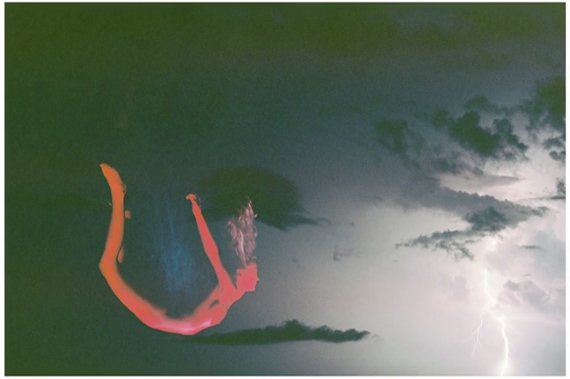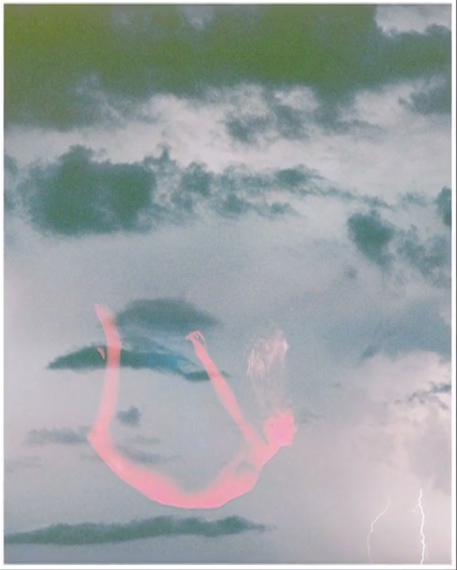The advent of digital photography sped up the photography process seemingly overnight. What used to take hours or days to complete can now be done in the blink of an eye. But in the fast world of ever-evolving technology, some photographers are choosing personal projects that slow down time.
Jason D. Page‘s film-based light painting project took two years to complete. Though he shot seven rolls of film, his final series consists of fewer than twenty images. Watch the following video to see the process behind his creation of Falling Away:
Page’s vision was to create an image that made it look as if an angel was falling through a stormy sky. Over a year before recording this behind-the-scenes video, he went out at night during a lightning storm and shot dozens of pictures of the sky using Kodak Ektar 100 Color Negative film and a Canon AE1 35mm camera. The second part of the project, which is highlighted in the video, involved double exposing the film with light painted images of a model.
To make the woman look as if she was falling downward through the sky, Page asked her to pose by lying with her back arched over a black stool in front of a black background, her head and limbs weighed down by gravity. He then mounted the camera upside down on his tripod with the help of a Gorillapod.

Page demonstrates his model’s pose.

A Gorillapod secured the camera to the tripod.
With his model in place on his dark set, Page opened the shutter for a long exposure with a cable release. He then used various colored lights to paint in the model’s body from head to toe. When the film was developed, he finally saw his vision come to fruition.


Some photographers might balk at the lengthy, meticulous process of creating the Falling Away series. After all, a similar look could probably be crafted in Photoshop in less than an hour. But the challenge of using film and old-fashioned effects to complete a photography project is a slow, lost art that many photographers are rediscovering–and embracing.
Like This Article?
Don't Miss The Next One!
Join over 100,000 photographers of all experience levels who receive our free photography tips and articles to stay current:







Leave a Reply